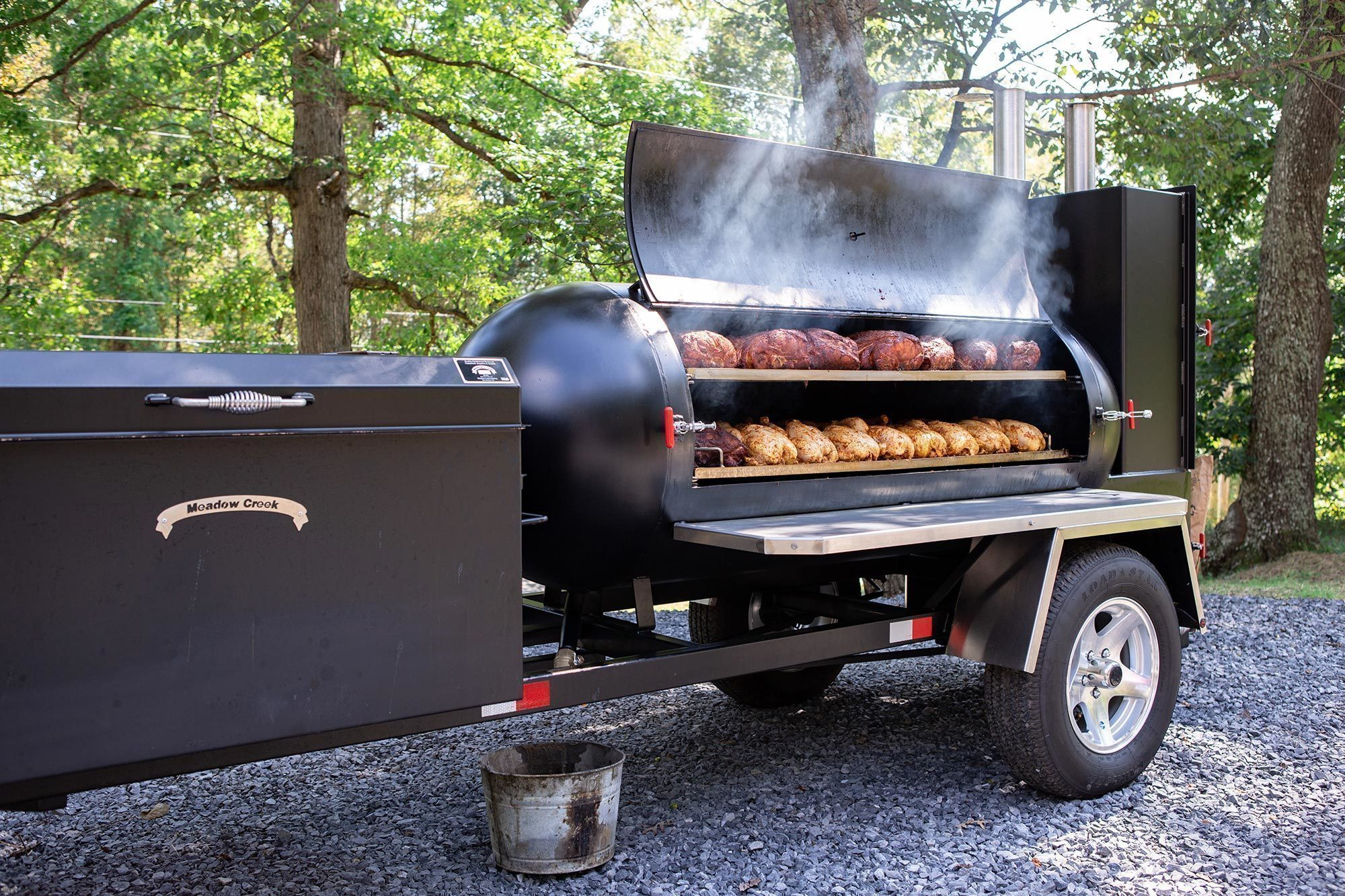Barbecue enthusiasts and professional pitmasters alike understand that achieving the perfect smoked meat requires precision, patience, and the right tools. Among these tools, a good smoker thermometer is indispensable. But when exactly do you need a good smoker thermometer? This article explores the crucial moments and scenarios where a high-quality thermometer makes a significant difference, backed by scientific principles and expert insights.
The Science of Smoking Meat
Smoking meat is a low and slow cooking method that involves exposing meat to smoke at a controlled temperature for an extended period. This process imparts a distinctive smoky flavor and tenderizes the meat. However, maintaining the ideal temperature is critical. The optimal smoking temperature for most meats ranges between 225°F and 250°F (107°C and 121°C). Consistency within this range ensures even cooking and prevents the meat from drying out.
Importance of a Good Smoker Thermometer
A good smoked barbecue thermometer provides accurate, real-time readings of both the internal temperature of the meat and the ambient temperature inside the smoker. This dual monitoring is essential for several reasons:
-
Food Safety:
The USDA recommends specific internal temperatures to ensure meat is safe to eat. For example:A reliable thermometer ensures these temperatures are reached, preventing foodborne illnesses.
-
Poultry:
165°F (73.9°C)
-
Beef, pork, veal, lamb (steaks, roasts, chops):
145°F (62.8°C) with a 3-minute rest time
-
Ground meats:
160°F (71.1°C)
-
Optimal Doneness:
Each type of meat has a target internal temperature for ideal texture and flavor. For instance, brisket is best at around 195°F to 205°F (90.5°C to 96.1°C), while ribs should reach 190°F to 203°F (87.8°C to 95°C). A good thermometer helps achieve these specific targets consistently.
-
Temperature Stability:
Smoking requires maintaining a stable temperature over long periods, often 6-12 hours or more. Fluctuations can lead to uneven cooking or prolonged cooking times. A thermometer helps monitor and adjust the smoker to maintain a consistent environment.
Key Scenarios for Using a Smoked Barbecue Thermometer
During the Initial Setup
At the beginning of the smoking process, it is essential to preheat the smoker to the desired temperature. A good thermometer provides an accurate reading of the ambient temperature, ensuring that the smoker is ready before adding the meat. This step prevents the meat from being exposed to low temperatures for too long, which can affect texture and safety.
Throughout the Smoking Process
Monitoring the smoker’s temperature is crucial throughout the cooking process. Even high-end smokers can experience temperature fluctuations due to wind, ambient temperature changes, or fuel variations. A dual-probe thermometer allows pitmasters to keep a close eye on both the smoker’s internal environment and the meat’s progress.
At Critical Temperature Landmarks
Certain meats, such as brisket and pork shoulder, undergo a phase called the “stall,” where the internal temperature plateaus around 150°F to 170°F (65.6°C to 76.7°C). This phenomenon is caused by the evaporation of moisture from the meat’s surface, which cools the meat as it cooks. During the stall, it’s crucial to monitor the temperature closely to decide if techniques like the “Texas Crutch” (wrapping the meat in foil) are needed to push through this phase.
Towards the End of Cooking
As the meat nears its target internal temperature, precise monitoring becomes even more critical. Overcooking can lead to dry, tough meat, while undercooking can result in unsafe food. A good thermometer provides real-time alerts when the meat reaches the desired temperature, allowing for timely removal and resting.
Choosing a Good Smoked Barbecue Thermometer
When selecting a smoker thermometer, consider the following features:
- Accuracy: Look for thermometers with a small margin of error, preferably within ±1°F (±0.5°C).
- Dual Probes: Ensure the thermometer can measure both the meat and ambient temperatures simultaneously.
- Durability: Smoking involves prolonged exposure to heat and smoke, so the thermometer should be robust and weather-resistant.
- Ease of Use: Features like backlit displays, wireless connectivity, and programmable alerts enhance user experience.
Expert Insights and Recommendations
Renowned barbecue experts emphasize the importance of using a good thermometer. Aaron Franklin, a celebrated pitmaster, states, “Consistency is key in smoking, and a reliable thermometer is your best friend. It takes the guesswork out of the process and allows you to focus on the art of barbecue” (source: Aaron Franklin BBQ).
In conclusion, a good smoked barbecue thermometer is essential at multiple stages of the smoking process, from initial setup to the final moments of cooking. It ensures food safety, optimal doneness, and temperature stability, all of which are crucial for achieving perfect smoked meats. By investing in a high-quality thermometer and understanding its applications, barbecue enthusiasts can elevate their smoking game and consistently produce exceptional results.
For more information on safe cooking temperatures, visit the USDA Food Safety and Inspection Service website: USDA FSIS Safe Minimum Internal Temperatures.
Ensure your next barbecue is a success by equipping yourself with a good smoker thermometer, and enjoy the perfect blend of science and art in your smoked creations.
Feel free to contact us at Email: anna@xalonn.com or Tel: +86 18092114467 if you have any questions, and welcome to visit us at any time.
Post time: May-30-2024






